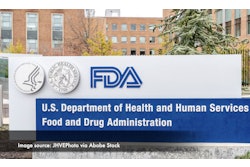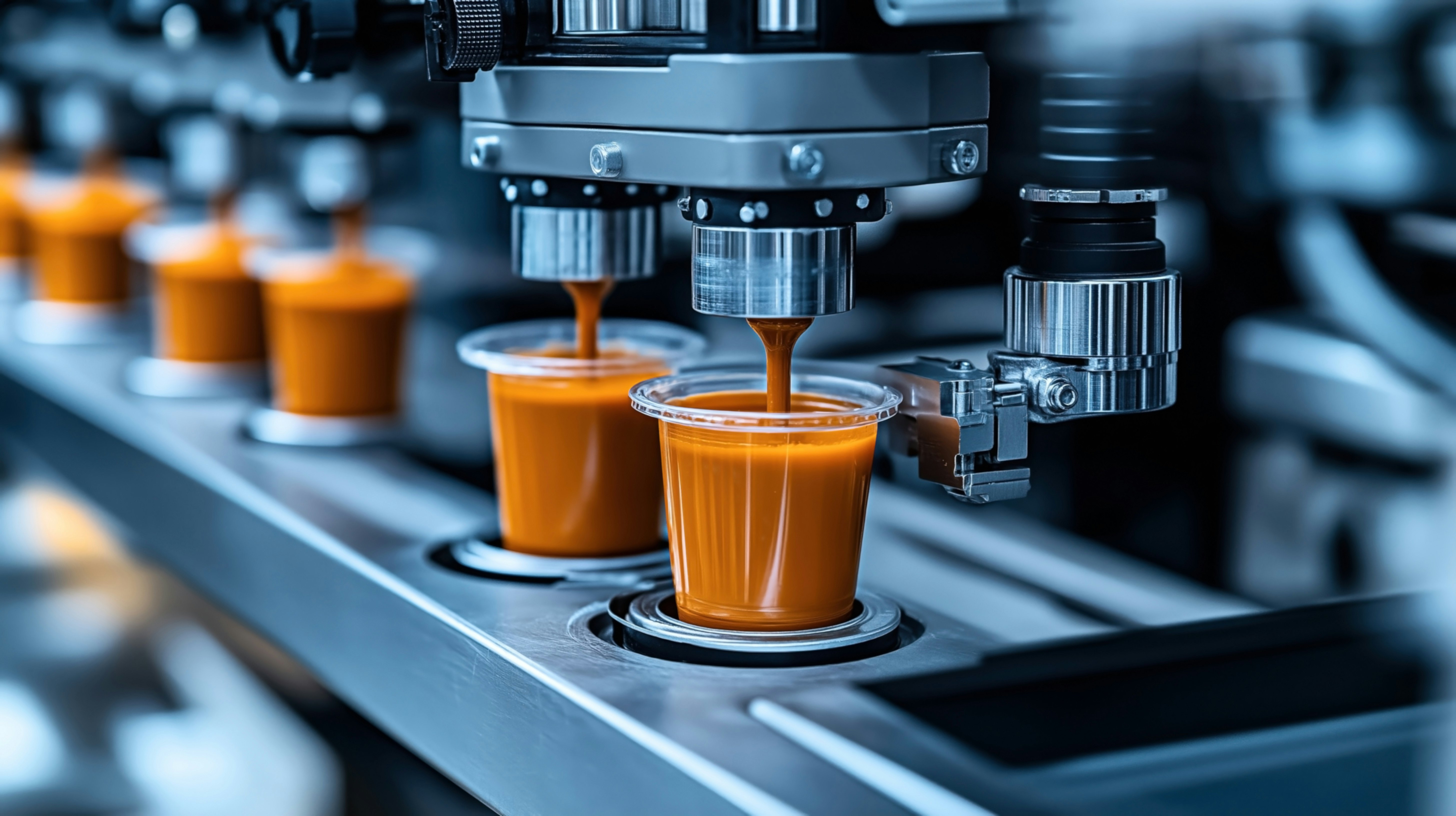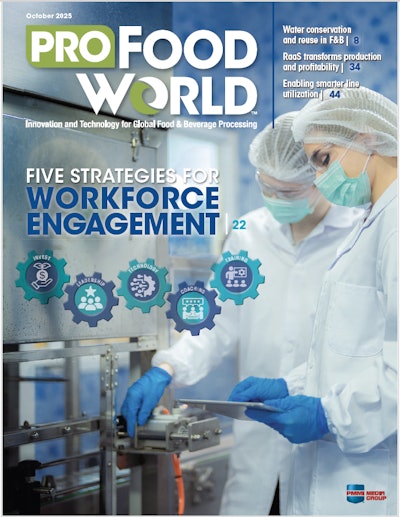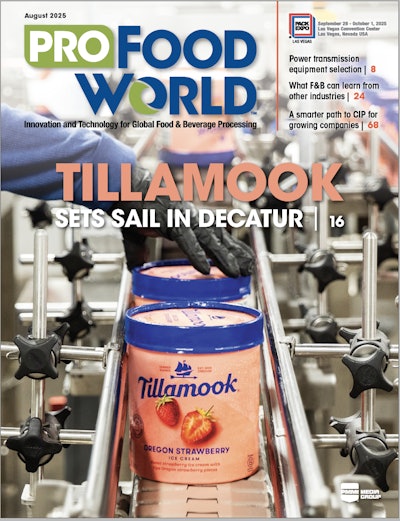Sure, the new Trump administration is doing a lot, but in terms of what might affect packagers, you can’t overlook the flurry of new actions by U.S. states, as well.
While the federal Department of Health and Human Services, and the Make America Healthy Again initiative, both led by Robert F. Kennedy, Jr., have issued proposed or actual makeovers of requirements in areas like food composition, drug research and approval, and vaccine policy, a number of states are for the first time issuing new or proposed laws affecting food ingredients, food labels, and packaging materials. This is troubling because trying to sell a product nationwide that has to comply with different and sometimes contradictory state laws can be difficult, expensive, or flat impossible.
Perhaps most relevant for food packaging materials makers and users is the effort in states including New York and Pennsylvania, where bills are making their way through the legislatures that would require food companies to report to the state when their products include substances in food, or in contact with food, on the basis of the company’s own conclusion that the use is Generally Recognized As Safe.
The current federal law and regulations allow such self-GRAS conclusions, but opponents of that legal right have actively tried to undo it for years. The opponents couldn’t convince FDA to change the program, lost in court with claims that FDA couldn’t allow such conclusions and still assure food safety, and have not yet convinced the U.S. Congress to change the law (though there are new proposals to do just that). So now, the opponents have decided to make life tough in key states.
Meanwhile, some states are also adding or considering new requirements on various food ingredients. In June, Texas passed a law that will be effective September 2025. It listed 44 substances used as “additives, chemicals or colors” in food, and required that after January 1, 2027, a food manufacturer needs to add to its food labels and online sales sites a warning stating: "WARNING: This product contains an ingredient that is not recommended for human consumption by the appropriate authority in Australia, Canada, the European Union, or the United Kingdom." That’s right: Texas wants you to tell consumers the legal status of substances in food in countries other than the U.S.
Louisiana recently enacted a new law that, among other provisions, includes its own list of 44 chemicals, which is substantially similar but not identical to Texas’ list, and requires their presence to be disclosed on labels together with a QR link to the FDA website for more information.
And West Virginia’s law, effective now as of August 1, bans outright the use of seven food colors in school nutrition programs and, starting in 2028, bans nine substances, including those seven colors, in any food product.
Most observers expect more states to take similar actions in coming months and years. What can national companies do to overcome this proliferation of state laws? Even if you decide to try complying with their various requirements, that could be an extraordinarily complex undertaking because the laws don’t match one another—and that’s before you consider all the supply chain pragmatics, marketing and consumer preferences, and other challenges, none of which the folks who pass these laws seem to take into account.
Want to sue to stop the laws? Unfortunately, it is only sometimes the case that you could succeed in getting a court to strike down a state law as “preempted” by a federal requirement because preemption is only found in several specific situations, or as an “undue burden on interstate commerce,” which the U.S. Constitution prohibits. The Supreme Court has made clear that if a state is taking an action that interferes with interstate commerce in order to protect its residents’ safety, they will usually be permitted to do so.
But on the other hand, what if the state’s action won’t truly protect consumer safety because the substance they ban or burden isn’t really unsafe? That’s a potentially winning argument, since some of the MAHA-inspired actions are based on what we might politely call minority opinions of scientific issues. One problem with that approach is that it could take years and lots of money to achieve, and might turn off your consumers even if you’re in the right.
One thing you might also do in reaction to state laws that are problematic is try to convince the U.S. Congress to override them by changing the law in a favorable way with national applicability. That is what was done a few years ago when Vermont decided to make a special rule about labeling genetically modified ingredients in foods. Congress reacted by making a national law that set requirements about such label statements.
As a practical matter, of course businesses, wanting to react appropriately to the motivations of their consumers, might well alter their products or alter their labeling nationwide in reaction to a single state’s law. If that happens, the law’s advocates will have achieved their likely intended purpose without having to change the law nationally.
It’s all very reminiscent of California’s Proposition 65, which, starting back in the 1980s, requires warnings about specific chemicals (it didn’t ban their use), even though use of the chemicals was permitted under a range of federal laws and regulations. Ever since, that law has had essentially the same effect as if it were an internationally recognized treaty, since all or most companies everywhere make an effort to comply with it in order to lawfully sell their products in California.
Where all these laws will lead is uncertain, but what is certain is that packagers should start thinking now about their best path to reacting to them.
Eric Greenberg can be reached at [email protected]. Or visit his firm’s Web site at www.ericfgreenbergpc.com.
INFORMATIONAL ONLY, NOT LEGAL ADVICE.






















